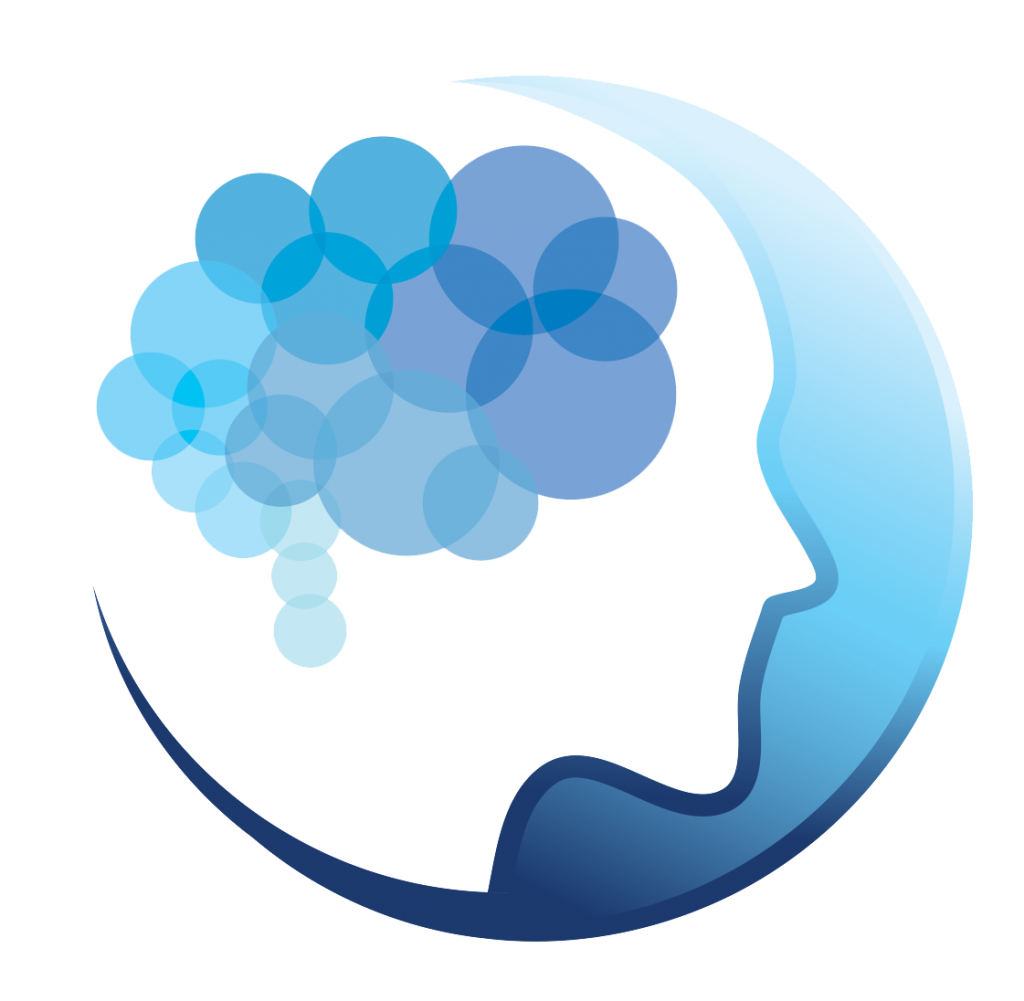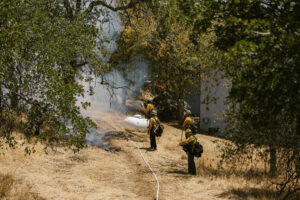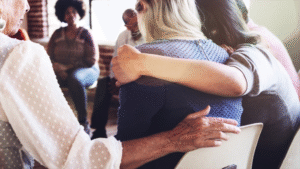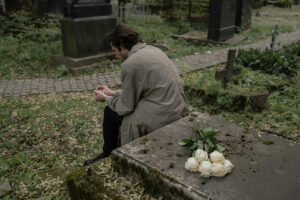Related Resources
For Healing PTSD
Being There for Someone with PTSD
Co-regulation happens when another person’s calm, grounded presence helps your nervous system settle. It’s the exhale you take when a friend walks into the room and gently says, “You’re not alone.” In this short psychoeducational video, Dr. Kate Truitt talks about how people can be there to support family and friends who may be going through PTSD.
Exploring the Symptoms of PTSD
After trauma, the brain can become brain wired to scan constantly for danger. In PTSD this can lead to overwhelming anxiety, irritability and motional numbness, creating distance not only between us and the world, but also between us and ourselves. When those responses show up, it can feel easier or even necessary to pull away from others just to make it through the day. Find out more about the symptoms of PTSD in this short video.
Can You Train Your Brain to Work for You?
In this psychoeducational video, Dr. Kate Truitt explores neuroplasticity and how the brain’s adaptability shapes emotions, behaviors, and overall mental strength. With every moment, the brain is forming new connections and creating opportunities for lasting change. Growth is always possible. How will you shape your brain today?
The Power of Safe Connection: Healing from PTSD in Community
By Dr. Kate Truitt
One of the most painful effects of trauma, especially PTSD, is how it isolates us not just from others, but from ourselves. It disconnects us from our own sense of safety, trust, and belonging. And even though trauma is, by nature, a deeply relational wound (something that either happened in the absence of safety or connection, or because of it), our survival brain often insists that we retreat, shut down, and stay alone to avoid further harm.
I’ve sat across from so many patients over the years who’ve whispered some version of the same heartbreaking belief: “I should be able to do this on my own.” It’s a sentiment I once held myself and I wrote about this in my book, Keep Breathing: A Psychologist’s Intimate Journey Through Loss, Trauma, and Rediscovering Life.

Trauma has a way of convincing us that isolation is safer, that strength means silence, and that healing is something we must muscle through alone. But here’s the truth I’ve learned both as a psychologist and as a woman who’s walked through profound grief and trauma: healing is a relational act. We are neurobiologically wired for connection. From the moment we’re born, our brains seek safety in others, and that doesn’t change just because we’ve been hurt. In fact, the more wounded we feel, the more vital a safe connection becomes. Healing from PTSD isn’t just about what we do in solitude; it’s about what happens when we allow others to sit beside us in the dark and help light the way forward.
Why PTSD Is So Isolating
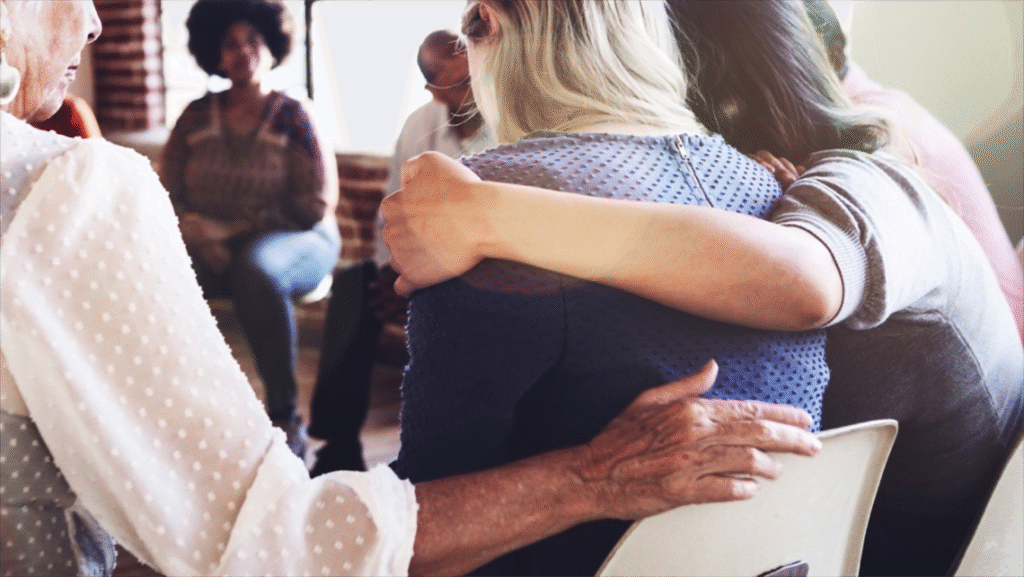
One of the most insidious effects of PTSD is how it creates distance, not just between us and the world, but between us and ourselves. After trauma, the brain becomes wired to scan constantly for danger. Amy, the amygdala, our brain’s internal alarm system, becomes hypervigilant, sounding alerts even when we’re safe. This can lead to overwhelming anxiety, irritability, emotional numbness, or feeling like you’re floating outside your own body. When those responses show up, it can feel easier or even necessary to pull away from others just to make it through the day.
This is not a personal failing. It’s a survival strategy. PTSD isolates because the brain is trying to protect you. It says, If I stay away, I won’t get hurt again. And while that distance may create a temporary sense of control, it can also deepen the pain. We start to believe the lie that no one would understand. That our pain is too much. That connection isn’t safe anymore.
But here’s the good news: your brain has the capacity to change through neuroplasticity. We can gently train our nervous system to recognize safety again. The same brain that once learned to shut others out in the name of survival can also learn how to lean back into calm, connection, and healing. It takes time. It takes intention. But the pathways for healing are always available. And they begin, often quietly, through safe and supportive relationships that help remind your brain you are safe now. I delve deeper into this in this psychoeducational video on how you can train your brain to work for you.
What is Co-Regulation?
Co-regulation happens when another person’s calm, grounded presence helps your nervous system settle. It’s the exhale you take when a friend walks into the room and gently says, “You’re not alone.” It’s the steadying effect of a loved one holding your hand during a hard moment, even if no words are exchanged. And it’s not a sign of weakness. It’s biology.
Our brains are social organs. Long before we had language, we relied on the presence of others to survive. When we are in safe relationships, our vagus nerve, the highway of calm that connects the brain to the heart and gut, helps bring our body back into a state of regulation. In these moments, our stress hormones recede. Our breath deepens. Our heart rate slows. We begin to feel anchored again.
This is why healing in isolation can feel so hard, because our nervous system is doing the heavy lifting alone. In contrast, co-regulation gives our brain and body a chance to borrow someone else’s calm until we can find our own. It’s not a dependency. It’s humanity.
“Felt Safety:” What It Is and Why It Matters
Have you ever been in a situation where everything seemed fine on the outside, but inside, your body was tense, your shoulders tight, your breath shallow? That’s the difference between knowing you’re safe and feeling safe. In trauma recovery, that difference matters more than we often realize.
Felt safety is the experience of your entire system—body, brain, and breath—recognizing, “I’m okay right now.” It’s when your survival brain, especially your amygdala, finally lets down its guard and says, “We don’t have to be on high alert anymore.” Without a sense of safety, even the most loving support can feel distant or overwhelming. With it, our brain shifts from defense to possibility.
Here’s the good news: felt safety doesn’t require grand gestures or perfect relationships. It can be found in small, meaningful moments such as eye contact with a trusted friend, a therapist’s consistent presence, a soft blanket, a steady breath, or even a kind message from someone who sees you. Yes, even digital connections can offer co-regulation when they come from a place of genuine care.
PTSD disrupts our ability to feel safe. Connection helps rebuild it. And once we begin to trust that safety again, even for a moment, our healing can finally begin to take root.
It doesn’t have to look like group therapy or weekly dinner parties. Sometimes, it’s a text message at the right moment. A friend who says, “I’m here, no matter what.” A virtual support group where strangers feel more like kindred spirits. Sometimes, it’s someone breathing alongside you on a yoga mat, a shared glance that says, me too.
These seemingly small connections are actually acts of co-regulation, and they are the medicine trauma needs. Because when we allow ourselves to be seen in our vulnerability, and are met with compassion instead of judgment, something powerful happens: the nervous system starts to soften. The survival brain, always on edge, begins to recalibrate. We feel safe enough to begin healing.
This is the brilliance of trauma-informed community: we don’t just survive each other—we regulate each other. We teach one another, again and again, that pain doesn’t exile us from belonging. In fact, it’s often the path that brings us closer.
An Invitation to Connect
Healing trauma requires the opposite. It requires gently, intentionally leaning back into connection. That doesn’t mean sharing your trauma story with everyone. It doesn’t mean being social when you’re overwhelmed. It means recognizing that we are wired to heal in the presence of others. When we feel truly seen and accepted by someone—whether that’s a trusted friend, therapist, partner, or even a quiet community of understanding strangers—our nervous system receives a critical message: It is safe to be here now. In this short clip, I also talk about how you can be there for your family and friends who may be going through PTSD.
If you live with PTSD, you may know all too well what it feels like when the world doesn’t feel safe, even when nothing dangerous is happening. This is because your brain is scanning constantly, trying to protect you from anything that might echo past pain. And in that hyper-alertness, it often pushes people away, not because you don’t want a connection, but because your system is trying to survive it.
So today, I gently invite you to explore this:
- Who or what helps you feel just a little more anchored?
- Is there someone whose presence helps your shoulders soften or your breath slow down?
- Can you reach out—not with a full story, but just with a hello or a moment of presence?
And if there’s no one right now, that’s okay too. Sometimes, the starting point is allowing the idea that a safe connection is possible even if it hasn’t been experienced yet.
Trauma taught you to survive by going inward. But you’re allowed to expand outward again, at your own pace, in your own time, in your own way. You were not meant to carry this alone. You don’t have to. And you still get to find your way back to safety, through the steady presence of people who remind your nervous system that healing is possible and that you are never too broken to belong.
You Deserve to Heal in Connection
You were never meant to heal alone. PTSD can make the world feel unsafe, unpredictable, or like no one could possibly understand what you’ve been through. But healing isn’t about having all the answers or being “fixed”. It’s about rediscovering moments of connection that remind your nervous system it doesn’t have to stay in survival mode forever.
You are not too much. You are not too late. And you are not alone. Whether your next step is sending a message to someone who makes you feel seen, joining a support group, or simply allowing yourself to believe that a safe connection is possible, you are already doing the brave, sacred work of healing.
This healing journey is uniquely yours, but it was never meant to be walked alone. Your brain and body are wired for connection, for co-regulation, for the kind of safety that comes from being seen, heard, and held. You deserve relationships that help your nervous system breathe easier. You deserve spaces where your story is honored, not judged. And those safe, supportive connections? They do exist. Sometimes they arrive softly. Sometimes they grow slowly. But they are real. And they are worth leaning into—one small, courageous step at a time.
Discover how neuroscience-backed therapy can help you rewire, heal, and reclaim your life. Start your journey to healing and resilience with a free 30-minute consultation at Dr. Kate Truitt & Associates—call 626-524-5525 today.
REFERENCES
- Fletcher, A. (2022, April 19). The healing power of community and connection. Psychology Today. https://www.psychologytoday.com/us/blog/keeping-it-real-and-resilient/202204/the-healing-power-of-community-and-connection
- Schultz, K., Cattaneo, L., Sabina, C., Brunner, L., Jackson, S., Serrata, J. (2016, January). Key roles of community connectedness in healing from trauma. In M. B. Williams & J. F. Sommer Jr. (Eds.), Handbook of post-traumatic therapy: A practical guide to intervention, treatment, and research (pp. 313–327). Greenwood Publishing Group. https://www.researchgate.net/publication/290210427_Key_roles_of_community_connectedness_in_healing_from_trauma
- Omid Foundation. (2025, January 31). The importance of community in healing. https://omidfoundation.com/the-importance-of-community-in-healing/
- Berry Street. (2024, August 28). The power of relationships for healing trauma. https://www.berrystreet.org.au/news/the-power-of-relationships-for-healing-trauma
